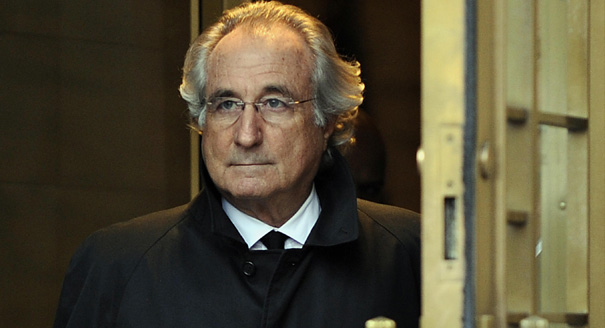Tag Archives: Jewish
“This whole story says more about those Jews who attach importance to Madoff’s Jewishness, than it says about Madoff” – Hirschfield
“the best way to reach Jews who do not feel at home in Judaism is to do compelling Jewish work in public”
This gallery contains 0 photos.
I have always believed that the best way to reach Jews who do not...We invest so much money in Jewish teens and youth and then just hope for the best. It is a misuse of funds unless…
The emergence of the Federation system roughly one hundred years ago responded to the needs of the times
The emergence of the Federation system roughly one hundred years ago responded to the needs of the times. Federations offered a way to centralize philanthropy, the prioritization of communal needs, and the coordinated allocation of resources to meet those needs. For the past one hundred years in the United States, Jewish communities have developed through a “planned economy” model of Federation and denominational movement financing as the primary drivers of Jewish life. A planned economy assumes (and sometimes imposes) some collective and shared assumptions about needs and goals. That kind of ideological conformity and expected fealty to a centralized authority has been perceived as irrelevant or too cumbersome to many of the leaders and organizations within the innovation sector. What is clear so far is that the work of Jewish innovators is much more flexible, market-driven, and individualistic than the planned economy models of federation- and denomination-based Jewish life.
Dr. Caryn Aviv, “Haskalah 2.0.” Jumpstart Report 2. In cooperation with JESNA and The Jewish Federations of North America. (Los Angeles: Jumpstart, 2010), 10.
The sacred mess that is our local Jewish community calendar…
The sacred mess that is often our local community calendar is the consequence of having so many organizations, each of which needs events, meetings and fundraisers to sustain its individual mission. We try to coordinate so that events don’t collide, but we don’t think that a free day should be just that: free, with nothing on either side — with no expensive ad to put in a journal that only honorees and guests will read; no chicken dinner with a fish and vegetarian offering to not get a tax deduction on; and no gift that may soon be returned or exchanged for something that someone actually wants.
Free is not only a “price”; it’s also an expression of redemption, a sense that our time belongs to us to spend as we see fit so that when we go to an event, we really want to be there. And we’re not seeing all the same people we saw a few hours or days earlier now all dressed up and uncomfortable.
In the aggregate, our breathless community schedule is hurting us. People just don’t want to come out. Most dinners and happy occasions today lack originality and spark.
Erica Brown, “Running On Empty”, The Jewish Week (7 June 2013), 54.
The basic problem with Jewish life today is its overwhelming emphasis on crisis
The basic problem with Jewish life today is its overwhelming emphasis on crisis. We fight. We “weigh in”. We identify enemies and proclaim loyalties. We hold high-level meetings to discuss our “brand”. We defend Israel as though our lives were at stake or criticize Israel with the passion of a democratic evangelist. We accost those Jews who fail to enlist in the cause, as though any minute we may need them to storm Washington, as we did in the decades when a million of our brethren were imprisoned behind Soviet lines.
Of course, there is nothing wrong with combating activism or fighting the Iranian bomb. There are dangers out there, both political forces and simple ignorance that put Jewish life at risk. Our crises are not manufactured. But just as an individual’s life cannot be defined solely through his struggle for survival, isn’t there something disturbing about a Jewish identity defined principally by the constant effort to put a halt to terrible things? Welcome to fire extinguisher Judaism.
What’s missing is a coherent content to our identity, a positive message, a set of beloved things and ideas – other than ourselves and our organizations and the state we’ve built – to which we proclaim allegiance, in which we invest time and effort to understand, which we embrace as possessing the keys to ourselves and our future.
David Hazony, “Welcome to Fire Extinguisher Judaism” Moment (May/June 2010), 20.

